The History of Slavery Tour in Williamsburg offers a thought-provoking journey through the city’s past, illuminating the often-overlooked narratives of those who endured the harsh realities of slavery. As participants walk along the cobblestones, they encounter significant sites like the Randolph House and Geddy House, each revealing layers of historical context that resonate today. This intimate experience not only encourages reflection on the legacies of slavery but also prompts discussions about its enduring effects on contemporary society. What might surprise many is how these stories continue to shape the community’s identity and values today.
This experience made our list of the 20 Best Tours In Williamsburg.
Good To Know
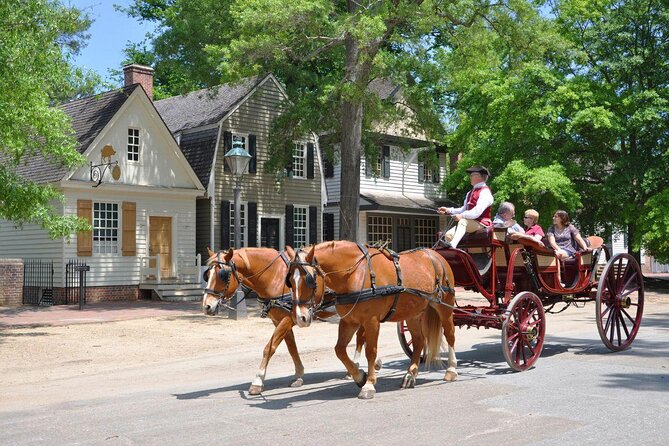
- The tour explores key historical sites in Williamsburg, highlighting the impact of slavery on society and culture.
- Participants will engage with knowledgeable guides who share poignant stories and foster open discussions about slavery’s legacy.
- Key locations include the Randolph House and Geddy House, providing insight into the lives of enslaved and free individuals.
- The tour is accessible for wheelchairs and strollers, ensuring inclusivity for all participants.
- Admission is priced at $49.99, with free cancellations available up to 24 hours before the tour.
Tour Overview and Details

Embarking on the History of Slavery Tour in Williamsburg offers a profound exploration of the past, shedding light on the complexities of slavery and its enduring impact on society today.
This tour begins at 420 Francis St E, conveniently located in front of the Windmill, and concludes at 440 W Duke of Gloucester St, near the Geddy house.
With an admission price of $49.99, participants gain access to key historical sites such as the Randolph house and courthouse.
The tour accommodates up to 25 travelers, ensuring an intimate and engaging experience.
It’s accessible for wheelchairs and strollers, with service animals welcome.
Visitors enjoy flexibility with free cancellations up to 24 hours before their scheduled time, making planning easy and stress-free.
You can also read our reviews of more historical tours in Williamsburg
Unique Tour Experience
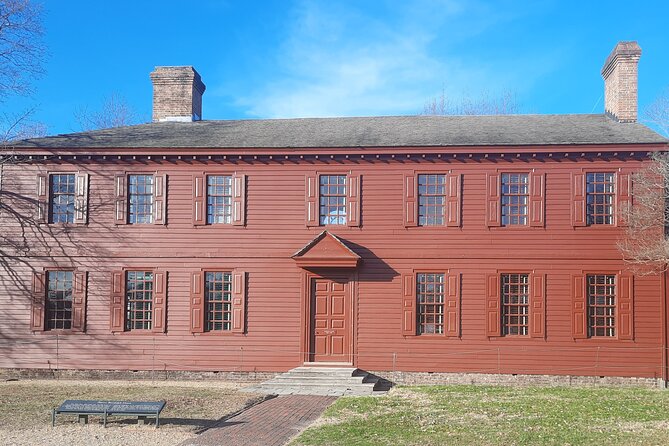
Participants in the History of Slavery Tour in Williamsburg can expect a unique and impactful experience that goes beyond standard historical narratives. This tour immerses visitors in the complex history of slavery, encouraging reflection and discussion among a small group of no more than 25 travelers.
-
Participants stroll through cobblestone streets, feeling the weight of history beneath their feet.
-
Engaging guides share poignant stories, evoking empathy and understanding.
-
The intimate setting fosters open conversations, allowing participants to ask questions and explore deeper themes.
This tour not only educates but also invites a personal connection to the past, making it a memorable journey through Williamsburg’s intricate history.
Visitors leave with a renewed perspective on the impact of slavery in today’s world.
Historical Context of Slavery
The historical context of slavery in Williamsburg reveals a complex tapestry woven with economic, social, and moral threads that shaped colonial life. The reliance on enslaved labor was pivotal for the region’s prosperity, yet it also ignited moral debates among early emancipators. Understanding this history is crucial, as it provides insight into the cultural dynamics of the time and its lasting effects on contemporary society.
| Aspect | Description | Impact on Society |
|---|---|---|
| Economic Dependency | Enslaved labor was vital for agriculture and trade. | Fueled colonial wealth and growth. |
| Social Hierarchy | Established rigid class structures. | Created divisions and tensions. |
| Moral Dilemmas | Individuals struggled with ethical implications. | Led to early abolitionist movements. |
| Cultural Influence | Shaped traditions and community life. | Left a legacy that persists today. |
| Legal Framework | Laws enforced slavery and limited freedoms. | Institutionalized racial inequality. |
Notable Locations in Williamsburg
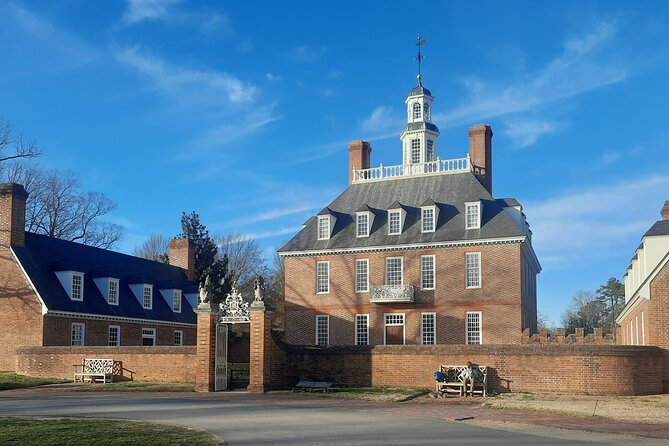
Exploring Williamsburg reveals a rich landscape of notable locations that tell the story of the region’s complex history. Each site offers insights into the lives of enslaved individuals and their fight for freedom.
-
The Randolph House, where enslaved people labored, provides a glimpse into colonial domestic life.
-
The Courthouse, a site of legal proceedings, reflects the moral dilemmas and conflicts surrounding slavery.
-
The Geddy House, located near the end of the tour, stands as a testament to the intertwined lives of free and enslaved individuals in the community.
These locations help visitors understand the deep-rooted implications of slavery, fostering a greater awareness of its impact on today’s society.
Each stop serves as a powerful reminder of history’s enduring legacy.
Visitor Reviews and Feedback
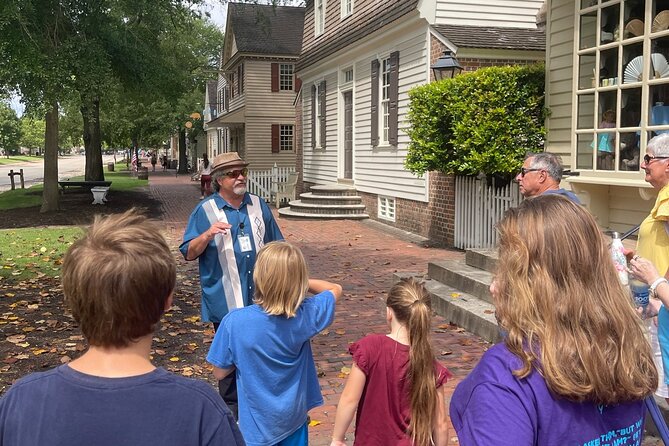
During the tour, visitors consistently express appreciation for the knowledgeable guides who bring the history of slavery to life. Many have highlighted the engaging storytelling of guides like Lonnie and Wally, noting how their insights into early emancipators and the moral implications of slavery enriched the experience.
The small group size fosters meaningful conversations, allowing participants to ask questions and delve deeper into the subject matter. With an overall rating of 4.5 from 14 reviews, feedback also suggests areas for improvement, such as clearer signage for meeting points.
Despite these minor concerns, most participants describe the tour as enlightening and informative, with many expressing a desire to return and learn more about this vital aspect of history.
- Williamsburg Ghosts, Witches and Pirates Tour
- Williamsburg East Ghost Tour
- Full Day Historic Guided Tour to Jamestown and Yorktown With Lunch
- Full-Day Tour in Washington DC
- Americas Historic Triangle: Colonial Williamsburg, Jamestown and Yorktown
- Patriots Tour of Colonial Williamsburg or Williamsburg 101
Accessibility and Accommodations
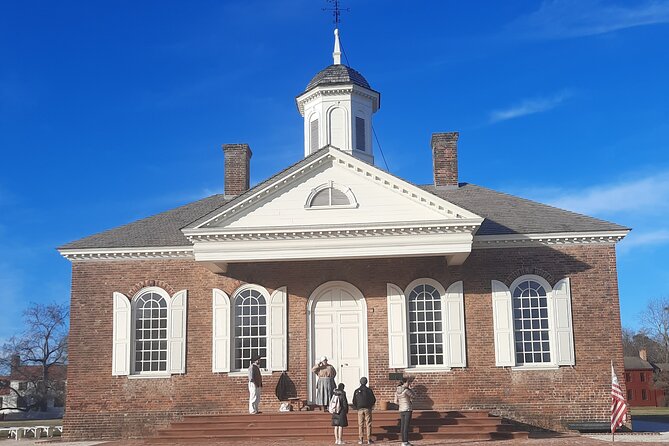
With a focus on inclusivity, the History of Slavery Tour in Williamsburg ensures accessibility for all participants. The tour is designed to accommodate various needs, allowing everyone to engage with this critical historical narrative.
-
Wheelchair and stroller access makes it easy for families and individuals with mobility challenges.
-
Service animals are welcome, providing comfort and assistance to those who require it.
-
Its proximity to public transportation allows for convenient arrival and departure.
These thoughtful accommodations help create an enriching experience, enabling participants to explore the profound history of slavery without barriers.
Impact on Modern Society
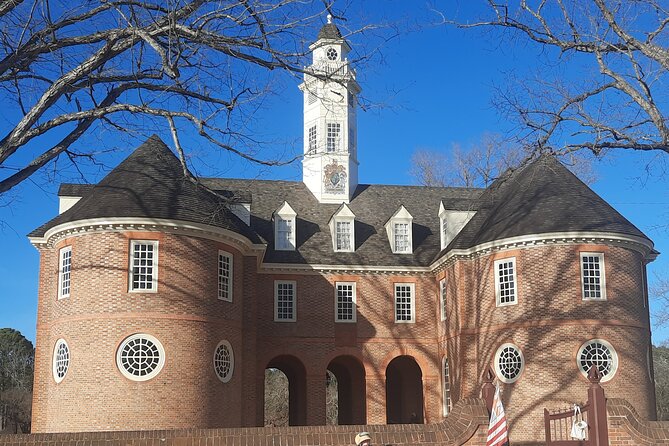
The History of Slavery Tour in Williamsburg not only educates participants about the past but also highlights the ongoing impact of slavery on modern society.
By examining historical injustices, the tour prompts crucial conversations about race, inequality, and social justice today. Participants leave with a deeper understanding of how systemic racism continues to influence economic and social structures.
The guides emphasize the importance of acknowledging this legacy, encouraging reflection on personal and communal responsibilities.
On top of that, the tour inspires individuals to advocate for change, reminding them that history isn’t just past; it shapes present realities.
Ultimately, the experience fosters awareness, empathy, and action, empowering individuals to contribute to a more equitable future.
Tips for Future Visitors
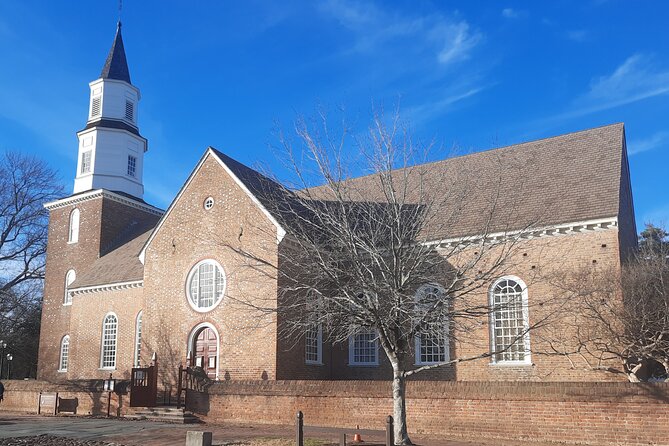
How can visitors make the most of their History of Slavery Tour in Williamsburg? Planning ahead can enhance the experience significantly. Here are some tips to ensure a meaningful journey:
-
Arrive Early: Get to the meeting point, in front of the Windmill, to soak in the atmosphere and chat with fellow participants.
-
Engage Actively: Don’t hesitate to ask questions during the tour; the guides are knowledgeable and eager to share insights.
-
Reflect Afterward: Take time to discuss what you’ve learned with companions, or jot down thoughts to deepen your understanding of this critical historical topic.
With these tips, visitors can turn a tour into an enlightening adventure that resonates long after it ends.
Frequently Asked Questions
What Is the Duration of the History of Slavery Tour?
The tour lasts approximately two hours. Participants explore significant historical insights and engage in meaningful discussions, guided by knowledgeable leaders who encourage questions and reflections on the impact of slavery in today’s society.
Are Photography and Video Recording Allowed During the Tour?
Photography and video recording aren’t allowed during the tour. Participants appreciate this policy, as it encourages a more immersive experience, allowing them to engage deeply with the content and discussions without distractions.
Is Food or Drink Permitted During the Tour?
Food and drink aren’t permitted during the tour. Participants can focus on the rich history and discussions without distractions, ensuring a deeper understanding of the significant topics covered throughout the experience.
Are There Age Restrictions for Participants on the Tour?
There aren’t strict age restrictions for participants on the tour. Families often enjoy it together, but adult supervision is recommended for younger children to engage meaningfully with the content and discussions presented throughout the experience.
What Should I Wear for the History of Slavery Tour?
When attending the tour, participants should wear comfortable clothing and sturdy shoes. Since the tour involves walking, it’s important they dress appropriately for the weather, ensuring an enjoyable and informative experience without discomfort.
The Sum Up
The History of Slavery Tour in Williamsburg offers a vital opportunity for reflection and understanding. By exploring significant sites and sharing powerful narratives, participants gain insight into the complex legacy of slavery and its lasting effects on society. The tour encourages meaningful dialogue, fostering empathy and awareness among visitors. As they walk the cobblestone streets, guests not only connect with the past but also consider their role in shaping a more equitable future.
More Historical Tours in Williamsburg
More Tours in Williamsburg
- Private tour from Williamsburg to Berkeley Plantation
- Yorktown American Revolution Museum Tour with Spanish Guide
- The Ghost Tour Boos and Booze Haunted Pub Crawl
- Williamsburg Colonial Adventure: Exploration Game and Tour
- Exclusive Private Colonial Williamsburg Walking Tour by a Local
- Colonial Contradictions Self Guided Walking Tour of Williamsburg
More Tour Reviews in Williamsburg
- Private tour from Williamsburg to Berkeley Plantation
- Yorktown American Revolution Museum Tour with Spanish Guide
- Ale and Apparitions Haunted Pub Crawl
- Step in Time Inside Historic Buildings of Colonial Williamsburg
- The Ghost Tour Boos and Booze Haunted Pub Crawl
- Williamsburg Colonial Adventure: Exploration Game and Tour
Not for you? Here's more nearby things to do in Williamsburg we have reviewed
- Private tour from Williamsburg to Berkeley Plantation
- Yorktown American Revolution Museum Tour with Spanish Guide
- Ale and Apparitions Haunted Pub Crawl
- Step in Time Inside Historic Buildings of Colonial Williamsburg
- The Ghost Tour Boos and Booze Haunted Pub Crawl
- Williamsburg Colonial Adventure: Exploration Game and Tour
- Exclusive Private Colonial Williamsburg Walking Tour by a Local
- Colonial Contradictions Self Guided Walking Tour of Williamsburg
- Virginia Historic Adventure!
- Gallows Path Ghost Tour
- The Murder Tour and Pub Crawl
- Signature Ride at Upper Shirley Vineyards – 3 hours
